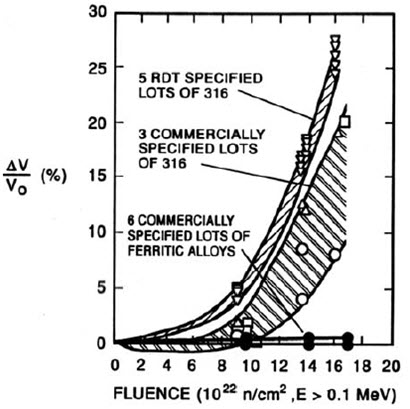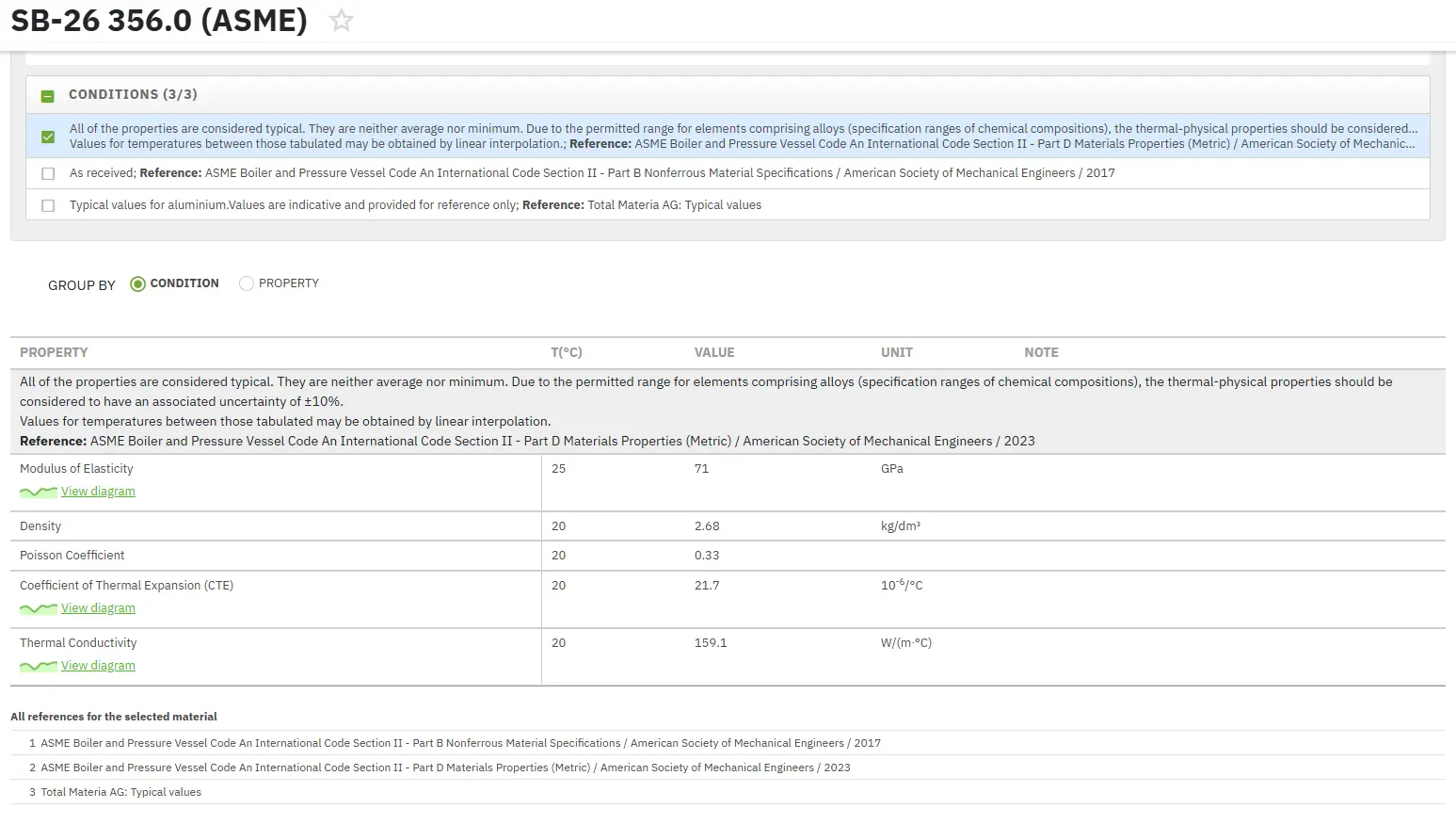Irradiation Effects on Ferritic Martensitic Steels: Part One
Abstract
When a material is exposed to irradiation, every property of the material may change including physical dimensions as well as mechanical, thermal, optical, electrical and some other properties. The fundamental phenomenon responsible for the change is the existing crystal and defect structure, which is probably deconstructed and reconstructed on atom-by-atom basis during the irradiation process.
When a material is exposed to irradiation, every property of the material may change including physical dimensions as well as mechanical, thermal, optical, electrical and some other properties. The fundamental phenomenon responsible for the change is the existing crystal and defect structure, which is probably deconstructed and reconstructed on atom-by-atom basis during the irradiation process.
When the material is bombarded with a high dose radiation, each atom 169 may be placed from its lattice sites tens or hundreds of times and the dose of radiation is measured with displacement per atom (dpa) .The ultimate property changes occur due to the combined effect of temperature, dose rate, dose and local alloy composition.
In Figure 1 the creation of point defects by displacements and the various paths for their disposition are illustrated to provide the reader a framework developed to understand the radiation effects in structural materials. The left path comprises the defects, which may contribute to the buildup of microstructure and to property changes and the bottom of this path (swelling, creep and embrittlement) are the effects of radiation that have occupied the major share of the studies performed up to date. The right path of the flowchart illustrates the self interstitials and vacancies that may combine at various locations producing no long term property changes.
Effect of Irradiation on Microstructure
High-energy neutron irradiation in a fast reactor or fusion reactor displaces atoms from their normal matrix positions to form vacancies and interstitials; it is the “displacement damage”, measured as displacements per atom (dpa).
The general progressive change in microstructure with irradiation dose and temperature involves the agglomeration of vacancies and interstitials into voids and dislocation loops that cause swelling. Loops form below 400–450°C; loop size increases and loop number density decreases with increasing temperature, eventually becoming unstable. In ferritic/martensitic steels, agglomeration of vacancies can lead to void swelling up to about 500°C.
Ferritic steels first became of interest for the fast reactor program because they are low swelling compared to conventional austenitic stainless steels (e.g., type 304 or 316 stainless steels) when irradiated in the Experimental Breeder Reactor EBR-II (Figure 1).
Swelling is defined as ΔV/V0, where ΔV and V0 are volume change and original volume, respectively. At the maximum swelling temperature of around 400–420°C, less than 2% swelling was observed for HT9 and modified 9Cr-1Mo (T91) irradiated to 200 dpa in the Fast Flux Test Facility (FFTF).
Irradiation-induced precipitate changes can also affect properties. Precipitates formed in the 9–12% Cr steels during irradiation include α΄, G-phase, M6C, and chi-phase. For most of the 9–12% Cr Cr-Mo steels investigated, Laves phase, which forms during thermal aging at ≈400 to 600°C, can cause embrittlement; it does not form if irradiation is above ≈600ºC.
Displacement damage produced by the neutron irradiation will lead to transmutation reactions of neutrons with metal atoms to produce a new atom, usually another metal atom with a smaller atomic number, and a gas atom, helium or hydrogen. The new nongaseous atom is generally thought not to affect the properties of the steel, although this atom is the source of the radioactivity that “activates” the structural material and provided the impetus for the search for a “low-activation” material in the fusion program.
The effect of the hydrogen was generally thought to be minimal, because most of it was expected to migrate out of the lattice at reactor operating temperatures. However, ion and proton irradiations have produced evidence for retention of considerable amounts of the hydrogen, but it is not expected to be an issue in martensitic steels above about 250ºC.
For a fusion reactor, where the helium:dpa ratio is about 10, indications are that helium can affect swelling, although the 9–12% Cr steels still remain low swelling. The helium:dpa ratio for ferritic/martensitic steels in most fission reactors is about two orders of-magnitude lower and has a minimal effect on swelling.

Figure 1: Swelling behavior of six commercial heats of ferritic/martensitic steels compared to type 316 stainless steel after irradiation in EBR-II at 420°C to ≈80 dpa (from D. S. Gelles, unpublished research).
Find Instantly Precise Material Properties!
Total Materia Horizon contains physical, thermal and electrical properties for hundreds of thousands of materials, for different temperatures, and much more.

Get a FREE test account at Total Materia Horizon and join a community of over 500,000 users from more than 120 countries.